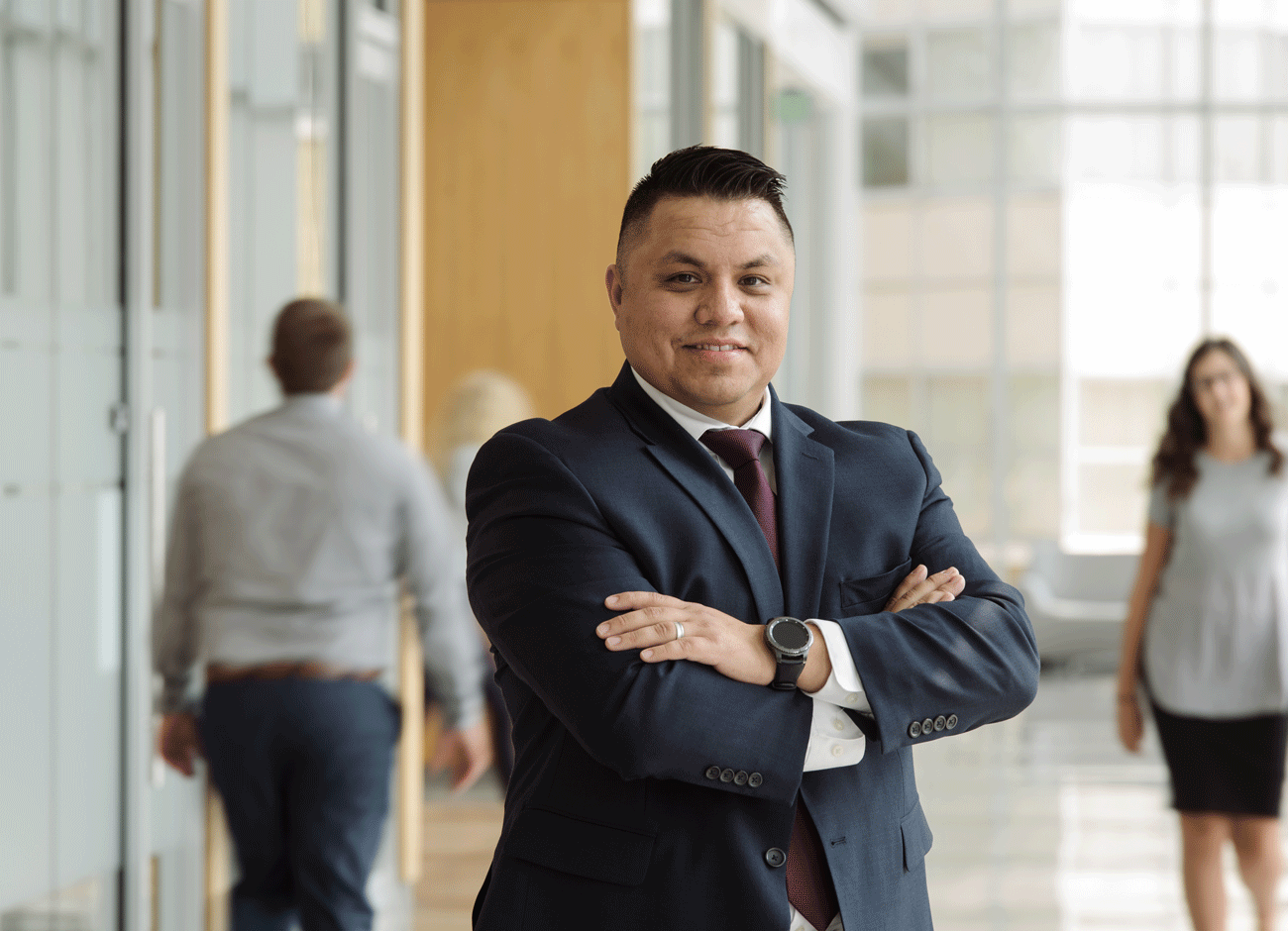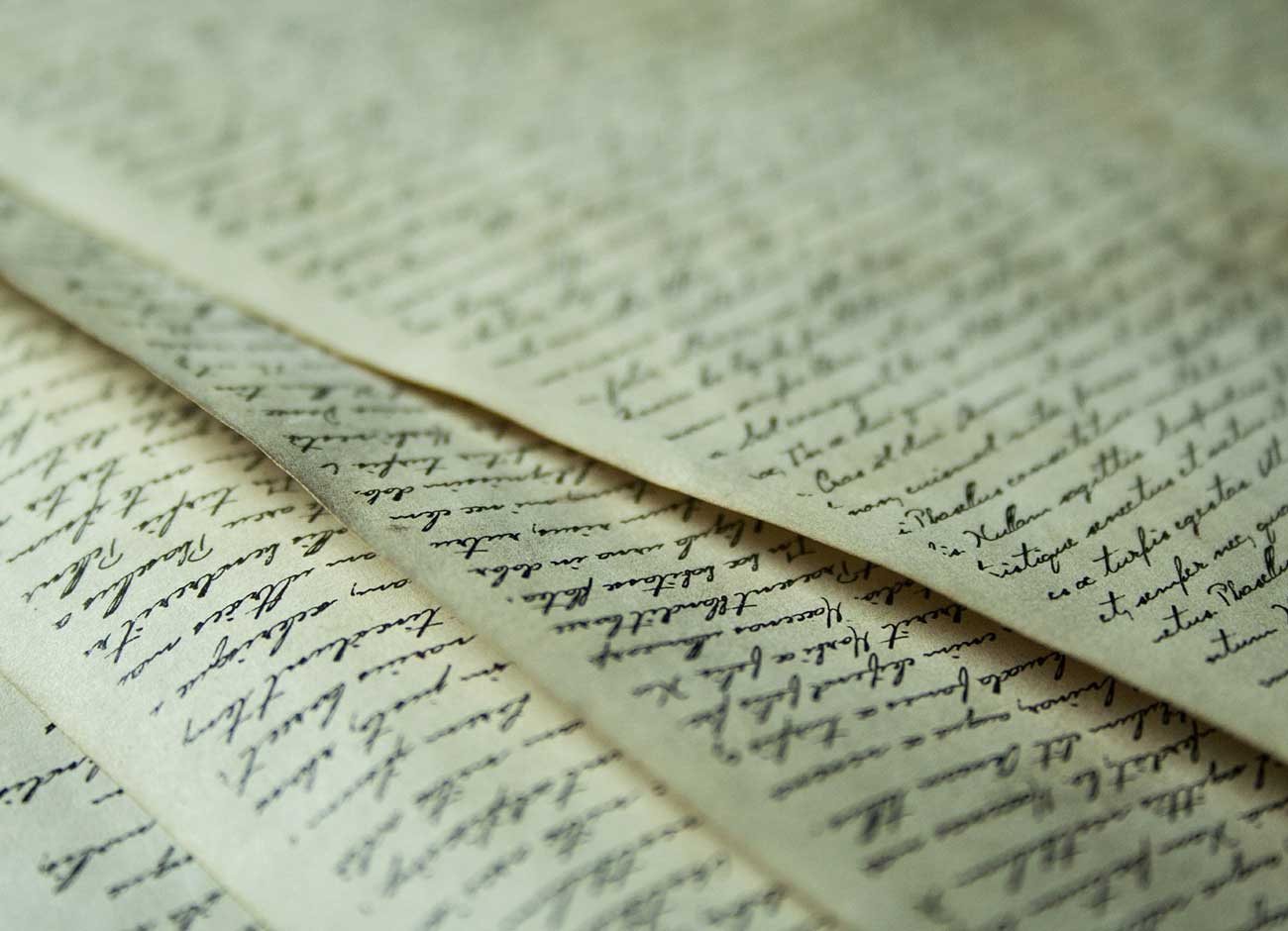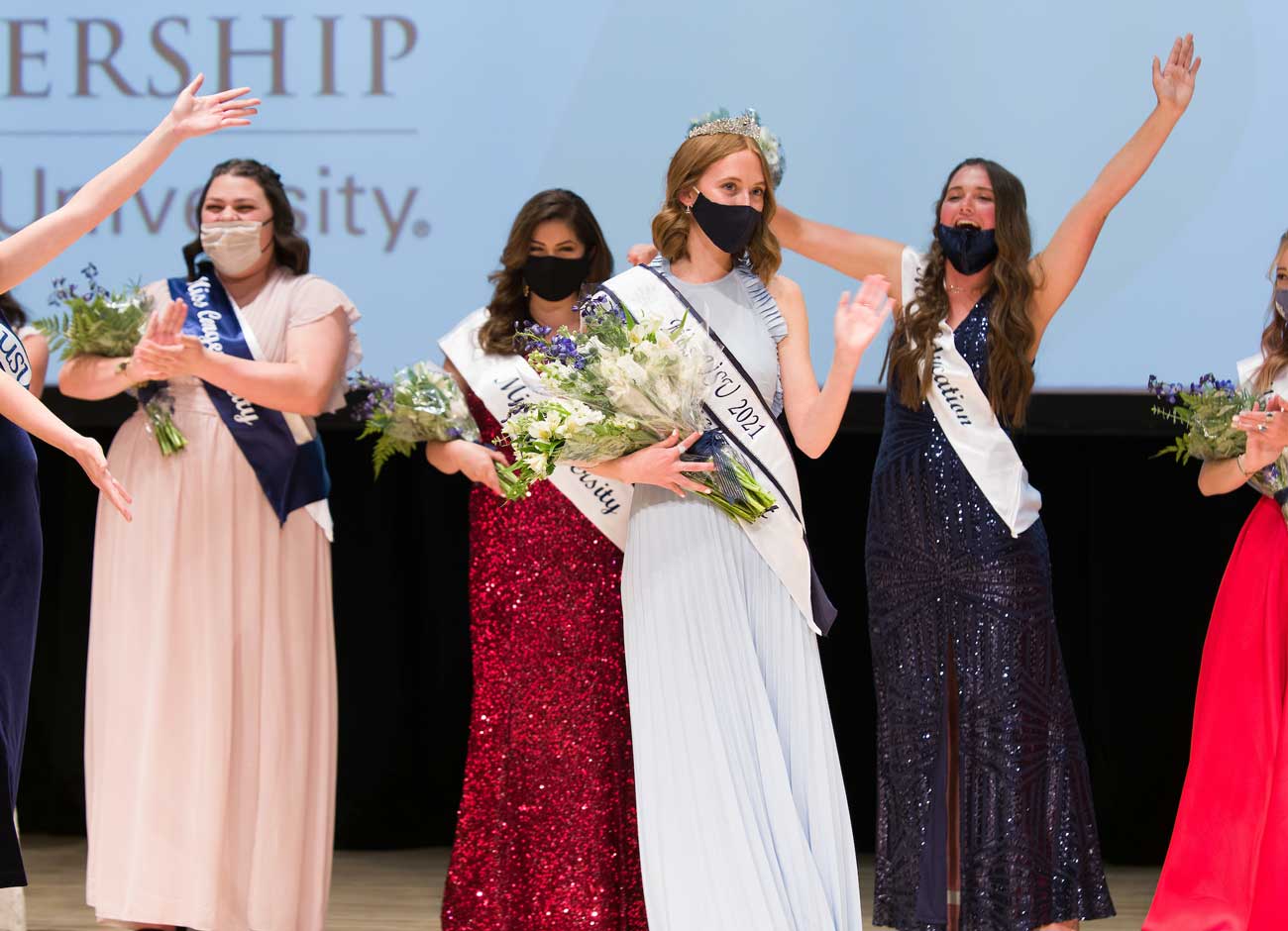A More Holistic Understanding
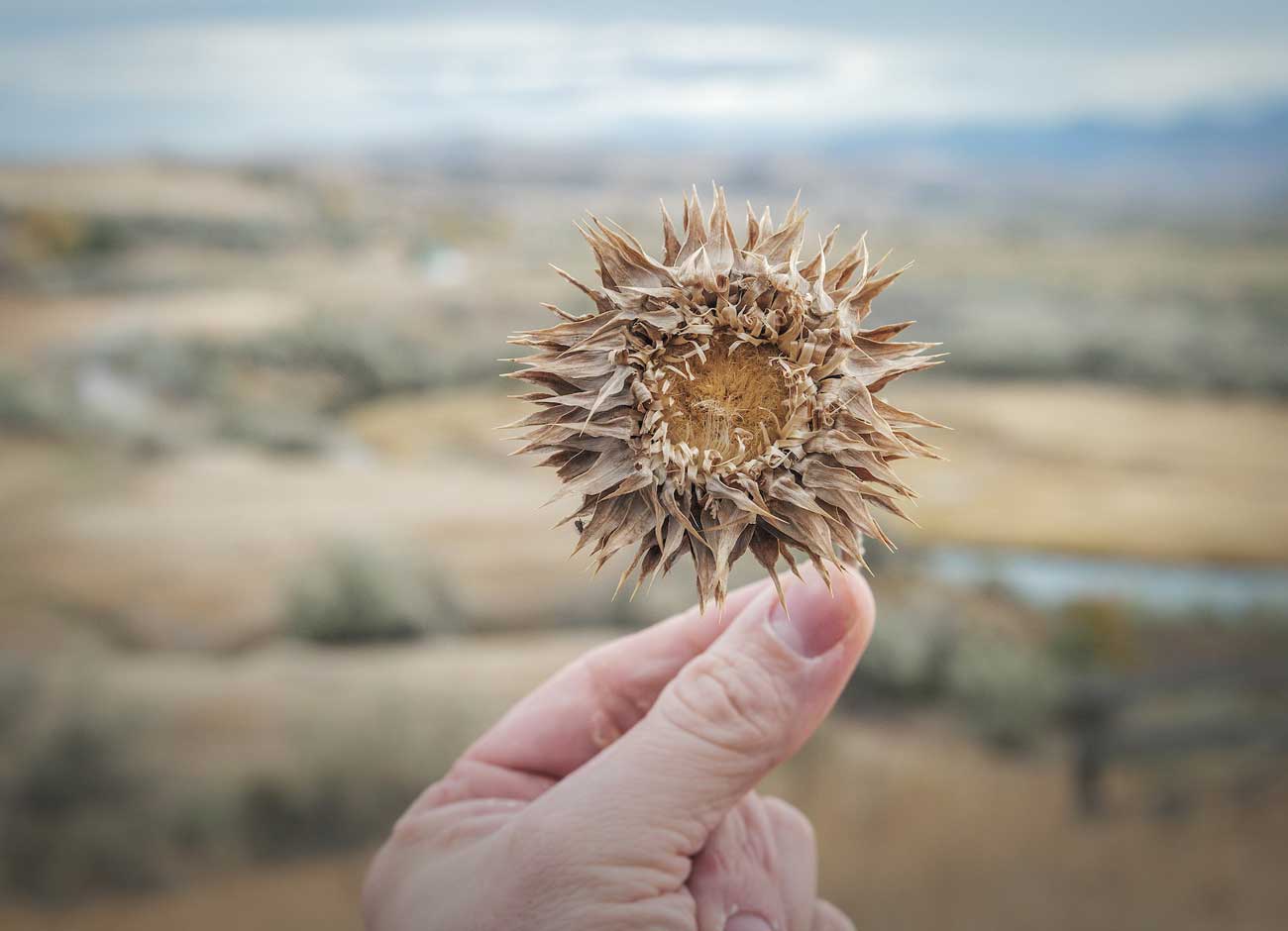
Utah State University sits on Shoshone land, but how many of the hundreds of researchers in laboratories across the campus know and appreciate this fact?
Science is not without culture. Understanding this means to disrupt the inherent power that researchers have at academic institutions, says Breanne Litts, an assistant professor in Instructional technology and learning sciences.
In Canada, for example, scientists have forged a close relationship with their First Nation people and have partnered with different communities to try to understand issues like climate change. This is vital because humans are cultural beings whose experiences are what make science both empirical and meaningful, Litts says.
“These communities have stories that have been passed down for thousands of years and they have these very empirical observations of events that happened that can inform Western science,” she says. “And so they are actually working together to build a more holistic understanding of the world that they are living in and the history of it.”
This is her objective in working with the Shoshone people at the site where some 400 of their ancestors were slaughtered just outside of Preston, Idaho in 1863. Her work, in partnership with a digital media arts center, Spy Hop, is a collaborative effort with the tribe over at least the next five years—the length of the $1.15 million Faculty Early Career Development Program (CAREER) award Litts received from the National Science Foundation.
What they are doing is unique, because it not only is getting the Shoshone youth involved in telling their tribe’s story through place-based storytelling experiences, it is a project that revolves around this concept of the cultural process that itself is science.
That is what they aim to accomplish in their work with the youth as they develop their digital storytelling skills as a way to help their people share and preserve these important cultural and historical stories. It will involve, for example, a tribal elder teaching about a specific moment in time of something that happened at the site. By using smartphone platforms, visitors can stand or walk at various locations while watching a video or listening to a podcast of the elder speaking. Topics will explore who the Shoshone people are and why they were at the site in the first place. They are even talking about having the youth create a documentary of the habitat restoration process that is now underway at the site.
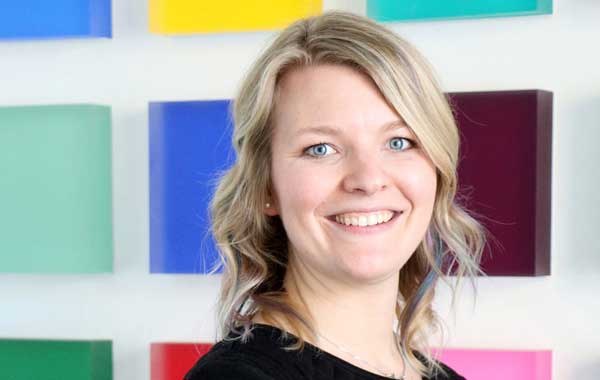
“These communities have stories that have been passed down for thousands of years and they have these very empirical observations of events that happened that can inform Western science. And so they are actually working together to build a more holistic understanding of the world that they are living in and the history of it.”
Breanne Litts
“These communities have stories that have been passed down for thousands of years and they have these very empirical observations of events that happened that can inform Western science,” she says. “And so they are actually working together to build a more holistic understanding of the world that they are living in and the history of it
“The biggest problem we have today is our culture,” says Darren Parry, who started collaborating with Litts in 2018. He teaches Native American history on campus and is the former chairman of the Northwestern Band of the Shoshone Nation. “Our kids don’t want to learn the culture.”
Parry says his grandmother, Mae Timbimboo Parry, immersed him in the culture through her storytelling. But his small tribe today, which has no reservation, is spread out and assimilated into the mainstream culture along the Wasatch Front.
“Your cultural identity suffers unless you really do things to make a difference,” he says. “It’s a way that we’re going to get to reconciliation. People need to understand our past, and not that I’m bitter about it at all. I’ve forgiven them. We have moved forward and it’s more about who we are today and what we can do to make a difference in the world today.”



